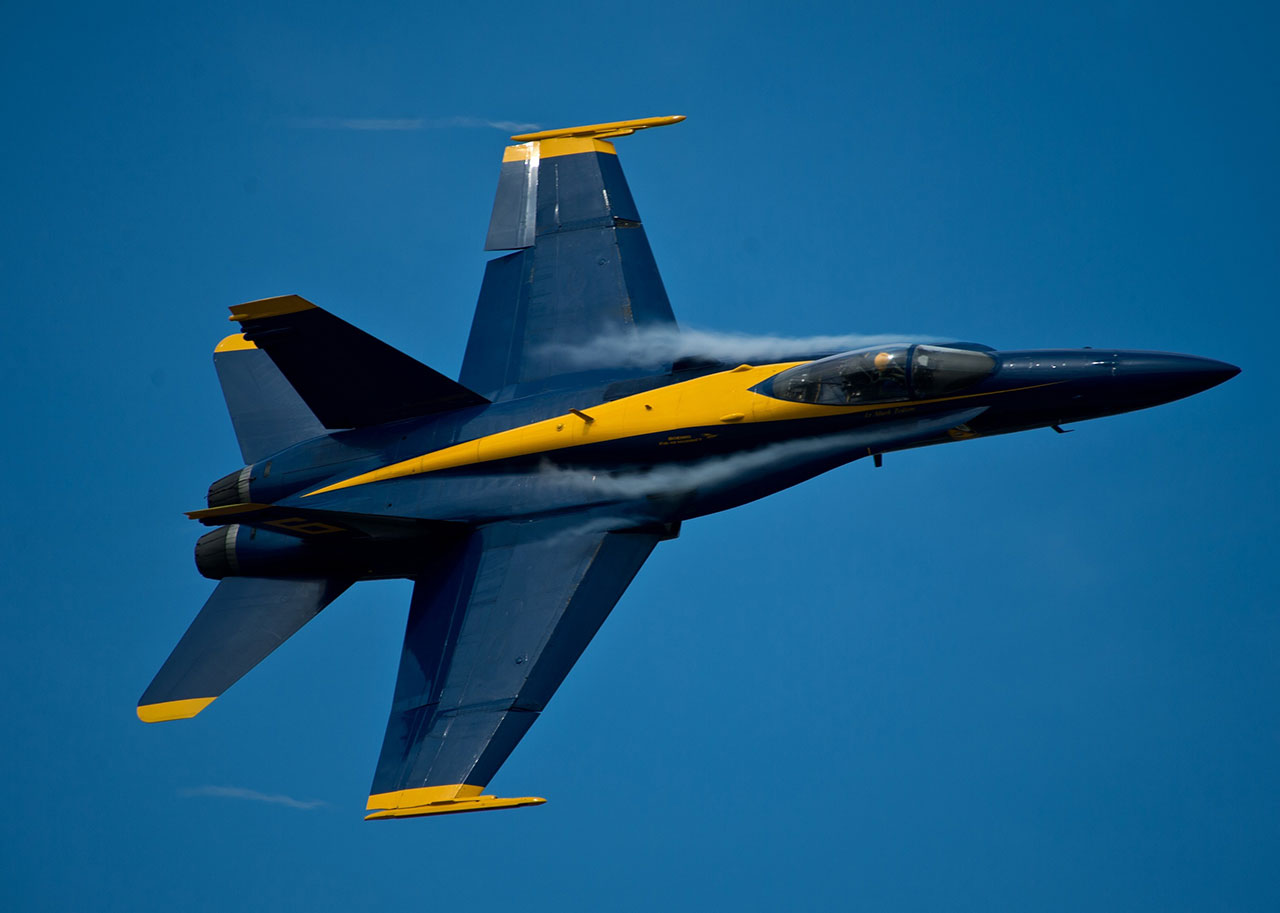The Fastest Plane in the World: Breaking the Sound Barrier and Beyond
When it comes to aviation, speed has always been a symbol of human ingenuity and technological advancement. The fastest plane in the world, the North American X-15, holds a record that remains unbroken even decades after its creation. This remarkable aircraft, developed in the 1960s, achieved speeds of up to Mach 6.7 (4,520 mph or 7,274 km/h), making it the fastest manned aircraft in history. Its groundbreaking achievements have paved the way for modern aerospace engineering and space exploration.
The North American X-15: A Marvel of Engineering
The X-15 was a rocket-powered aircraft designed as part of a joint program between NASA, the U.S. Air Force, and the U.S. Navy. Its primary purpose was to explore the limits of high-speed flight and the edge of space. Unlike conventional planes, the X-15 was launched from a B-52 bomber at high altitude, after which its rocket engine would ignite, propelling it to incredible speeds.
The aircraft’s sleek, aerodynamic design and advanced materials allowed it to withstand extreme temperatures and pressures. It was equipped with a reaction control system, similar to those used in spacecraft, to maintain stability in the thin upper atmosphere. Pilots wore specialized pressure suits, as the X-15 often flew at altitudes exceeding 50 miles, technically qualifying its pilots as astronauts.
Breaking Records and Pushing Boundaries
Between 1959 and 1968, the X-15 completed 199 flights, setting numerous speed and altitude records. On October 3, 1967, pilot William J. “Pete” Knight flew the X-15 at Mach 6.7, a record that still stands today. The aircraft also reached altitudes of up to 67 miles, demonstrating the potential for human spaceflight.
The X-15 program provided invaluable data on hypersonic flight, thermal protection, and control systems, which influenced the design of future spacecraft, including the Space Shuttle. Its success proved that humans could safely travel at extreme speeds and altitudes, laying the groundwork for modern space exploration.
Modern Contenders: The SR-71 Blackbird and Beyond
While the X-15 holds the title of the fastest manned aircraft, other planes have also achieved remarkable speeds. The Lockheed SR-71 Blackbird, a reconnaissance aircraft, is often celebrated as the fastest operational plane, reaching speeds of Mach 3.3 (2,200 mph or 3,540 km/h). Its stealthy design and ability to evade missiles made it a critical asset during the Cold War.
In recent years, unmanned hypersonic vehicles like the NASA X-43 and the Boeing X-51 Waverider have pushed the boundaries of speed even further. The X-43, for example, reached an astonishing Mach 9.6 (7,000 mph or 11,265 km/h) during a test flight in 2004. These advancements highlight the ongoing pursuit of faster and more efficient flight technologies.
The Future of Hypersonic Flight
The quest for speed continues with the development of hypersonic aircraft and spaceplanes. Companies like SpaceX and Boeing are working on vehicles capable of traveling at hypersonic speeds, potentially revolutionizing air travel and space tourism. Hypersonic flight, defined as speeds above Mach 5, could reduce travel times across the globe, making it possible to fly from New York to London in under an hour.
However, challenges remain, including managing extreme heat, ensuring structural integrity, and developing sustainable propulsion systems. As technology advances, the dream of faster, more accessible air travel is becoming increasingly attainable.
The North American X-15 remains a testament to human ambition and innovation, holding the title of the fastest plane in the world. Its legacy continues to inspire advancements in aviation and space exploration. As we look to the future, the pursuit of speed promises to transform the way we travel, connect, and explore the skies and beyond. The fastest plane in the world is not just a record-holder—it’s a symbol of humanity’s relentless drive to push the limits of what’s possible.
